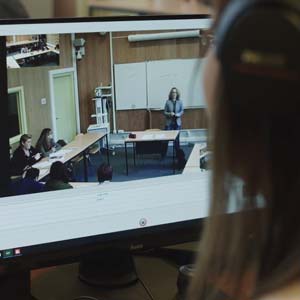Behavior and emotions of older adults
Can TV footage motivate older persons to start being more active? Being active can improve the overall health of a person (65+ but of course also 65-!).
Posted by
Published on
Wed 25 Mar. 2015
Topics
| Living Labs | Labs | The Observer XT |
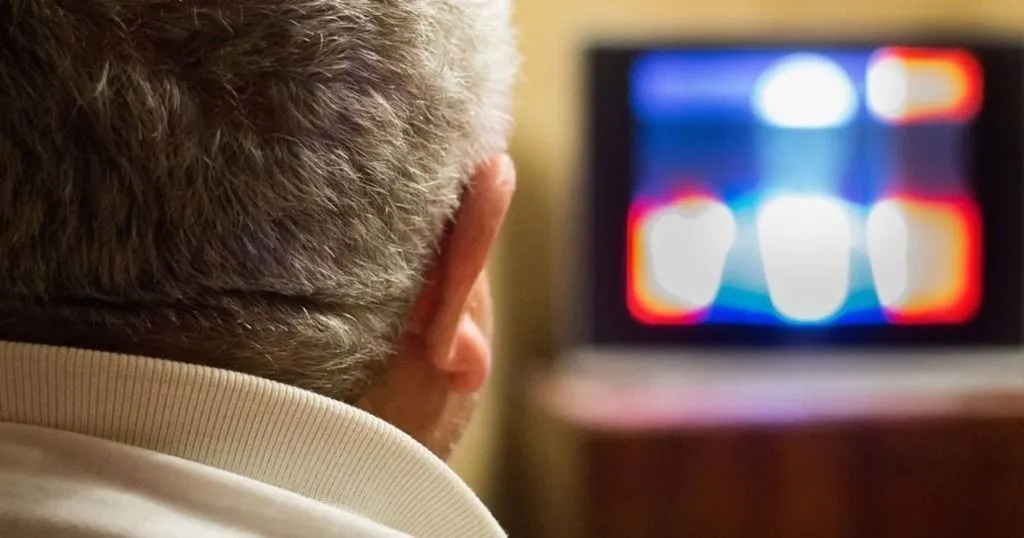
With the predicted increase of the older persons population worldwide, it has become increasingly important to develop user-friendly products and services to assist older people in daily activities and improve their quality of life. Did you know that it is expected that in 2050 an estimated 1.5 billion people will be 65+, representing about 16% of the world’s population?[1]
Research projects on behavior and emotions of older adults
Worldwide researchers focus on aging and health. Some study eating behavior in residential care homes which enables them to take environmental factors into account. Others focus on family relations and communication and try to facilitate and improve contact between parents and children living a distance apart.
MIME – a recent project
Understanding and acting upon emotional signals is very important. Showing different facial expressions is one way to express emotions. Researchers at TNO started a project called MIME (Memory Banks Interactive Metadata Extraction) that investigates the possibility of registering the emotions, reactions, and conversations of older persons viewers while watching television.
They placed cameras and sensors in a living lab environment to measure the responses and aimed to automatically interpret and link these reactions to specific content to provide recommendations for the viewer[2].
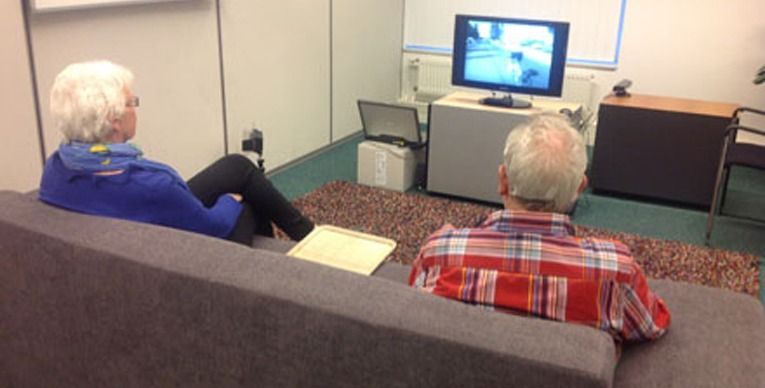
Watching TV
As part of the MIME-project the researchers posed the question: “Can TV footage motivate older persons to start being more active?” Being active can improve the overall health of a person (65+ but of course also 65-!). But what influences this behavior. Is this decision made conscious or unconscious?
In this experiment they tried to increase the exercise motivation of the participants on an unconscious level in two ways. First by showing video fragments with inactive persons (sitting) or with active persons (hiking, riding his/her bike, etc.). Second, these fragments were from a period when the participants were adults themselves (1964-1980) or from the present showing older persons.
Which combination would be most motivating: older versus recent footage, active versus passive persons, or another combination? In total the researchers prepared four 3-minute segments. Half of the participants watched active persons and the other half passive persons. Each participant (60-75 years of age) was asked to watch 2 videos, an older and recent video fragment.
Living lab – living room
TNO built a living room at their premises which they equipped with cameras and sensors to capture the behavior. In addition to TNO, Ziggo, and Noldus Information Technology made a financial contribution to this project. And now that the tests are completed, the researchers indicate that their results are encouraging!
Motivation
So can TV footage motivate older persons to start being more active? Yes. It seems possible. Especially the ‘bad’ examples – the older person sitting in a more recent fragment – seems to be motivating. As one of the participants stated: “I didn’t feel a connection, because we are very active in sports, gardening, and we have a lot of hobbies and grandchildren. I didn’t feel the connection with the sitting person”.
The researchers conclude that it seems that people want to stay active to prevent them from becoming an inactive older person as displayed in the video fragment. Old footage showing active persons also influenced the group. The footage seemed to take the participants back in time to an age where they were active and remembered them of how they used to be. So lots of potential to influence behavior on an unconscious level.
Since the risk of becoming isolated or getting heath complications decreases with a healthy lifestyle, it is very important to find out what method of motivation works best!
References
- http://www.nia.nih.gov/sites/default/files/global_health_and_aging.pdf
- https://www.tno.nl/en/focus-area/industry/networked-information/information-creation-from-data-to-information/mime-memorybanks-interactive-metadata-extraction/
- Image courtesy TNO https://www.tno.nl/en/focus-area/industry/networked-information/information-creation-from-data-to-information/mime-memorybanks-interactive-metadata-extraction/
Related Posts
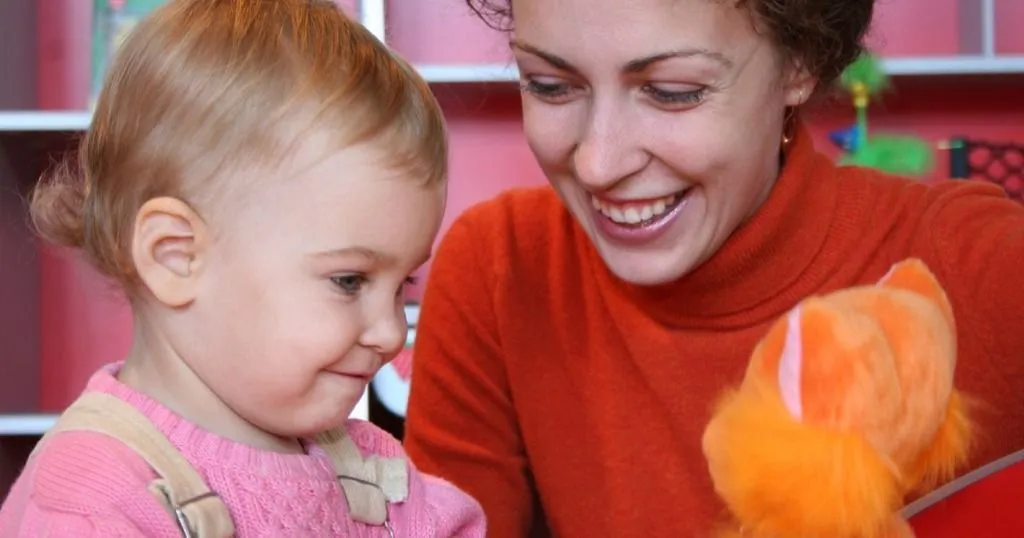
A closer look at eye contact
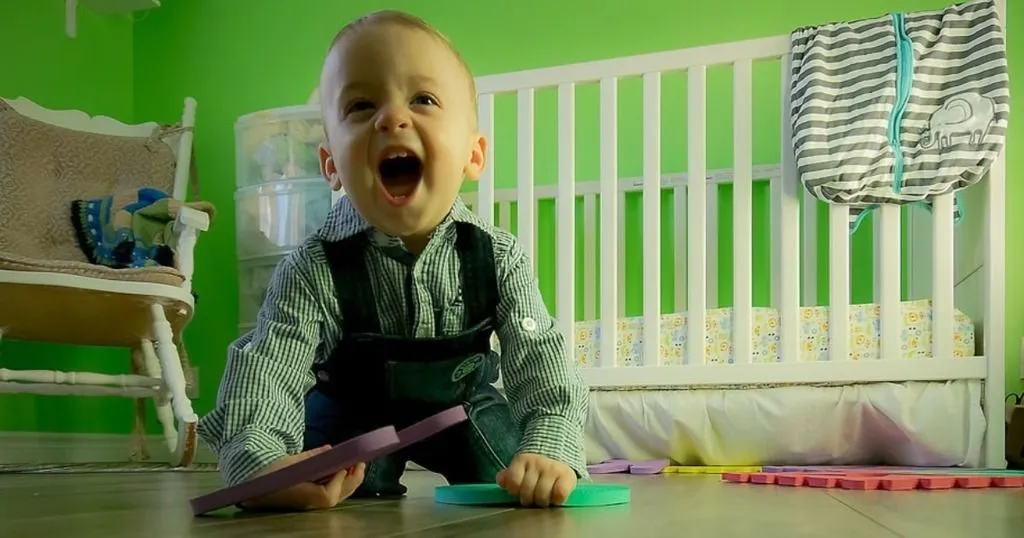
Vocalizations as an early life behavioral marker for ASD

